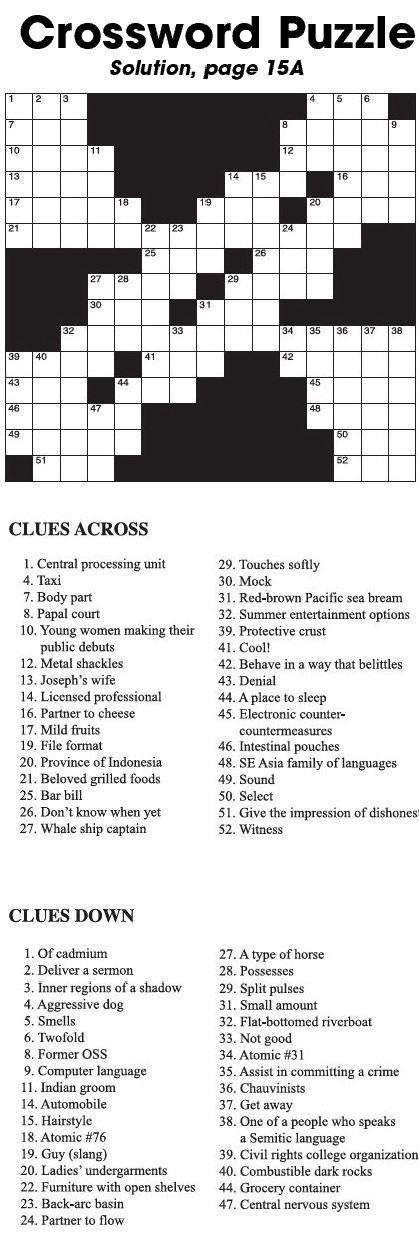Teachable Moment What are Leprechauns?
the Teachable Moment
Leprechauns are small supernatural beings in Irish folklore, usually depicted as little bearded men, wearing green coats and hats, who like to play practical jokes, especially on human folk. Theyhavealsobeendepictedas shoemakers that have hidden pots of gold at the end of a rainbow.
Belief in leprechauns probably stems from the Celtic belief in fairies, tiny men and women who could use their magical powers for good or evil. As the Irish descended from the Celts, they kept the leprechaun, whose original Irish name is “lobaircin,” meaning “smallbodied fellow” as the Celtic icon for their holidays.
The earliest known reference to the leprechaun appears in the medieval tale known as the Echtra Fergus mac Léti (Adventure of Fergus son of Léti), in which Fergus mac Léti, King of Ulster, falls asleep on the beach and wakes to find himself being dragged into the sea by three lúchorpáin (leprechauns). He manages to capture his abductors, who grant him three wishes in exchange for their release. The idea that you can capture a leprechaun and get him to give you three wishes if you don’t take your eyes off him probably came from this story. In Celtic folktales, leprechauns were responsible for mending the shoes of the other fairies, and leprechauns were cranky souls, known for their trickery, which they often used to protect their much-fabled treasure of gold. Leprechauns have their own holiday on May 13, but are also celebrated on St. Patrick’s Day on March 17, the anniversary of the death of St. Patrick, who converted many Irish to Christianity in the fifth century.









